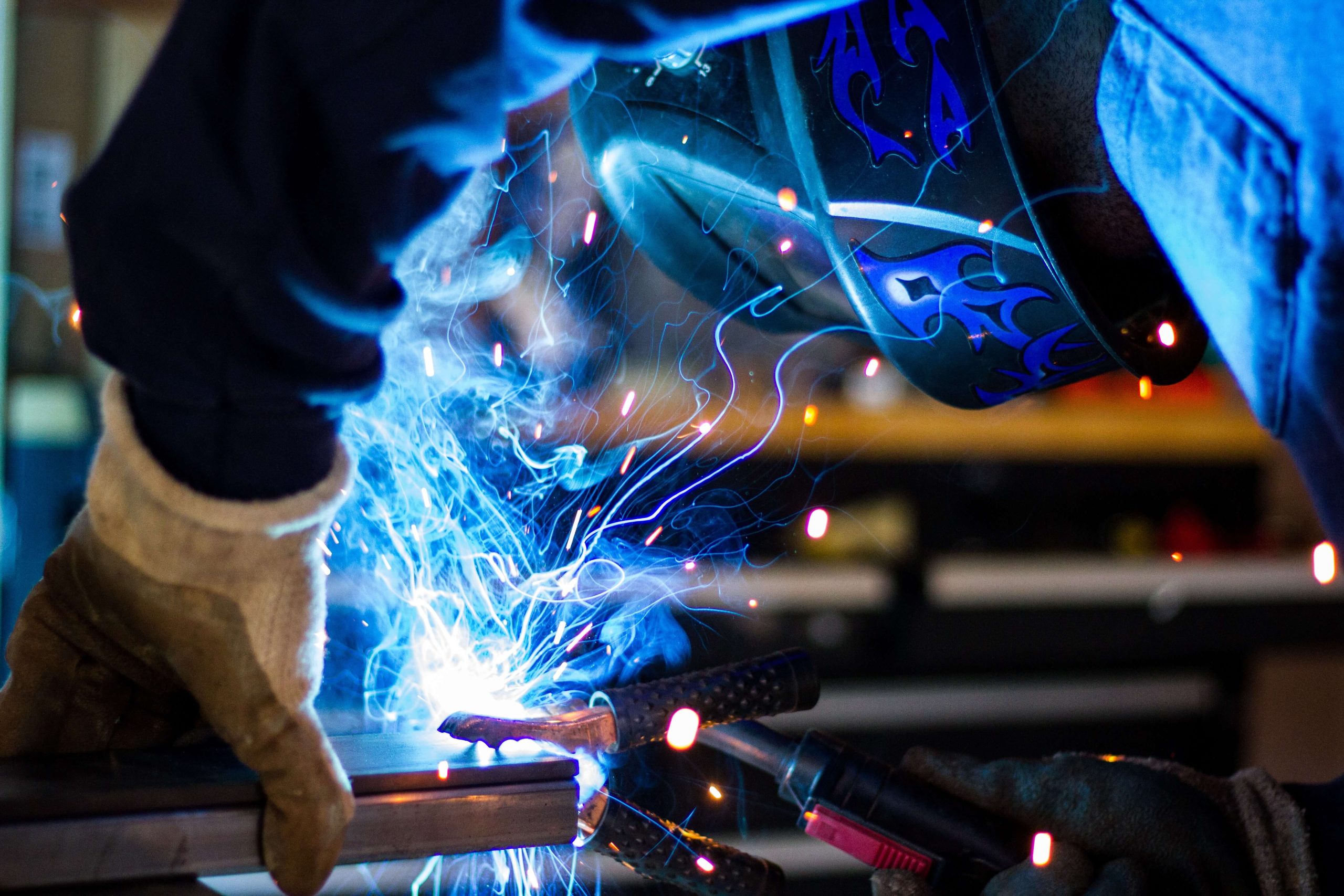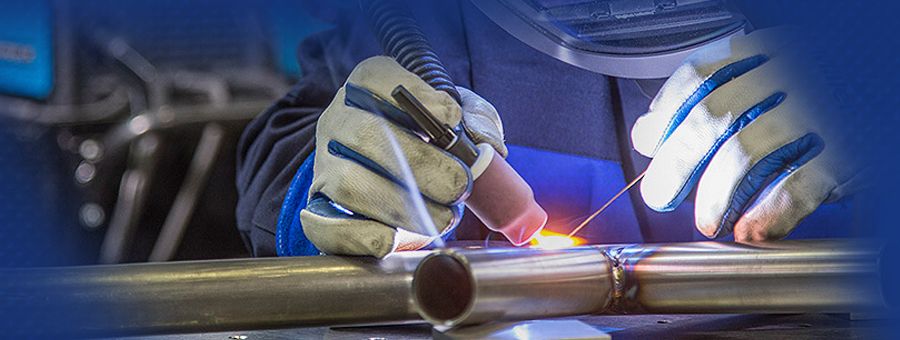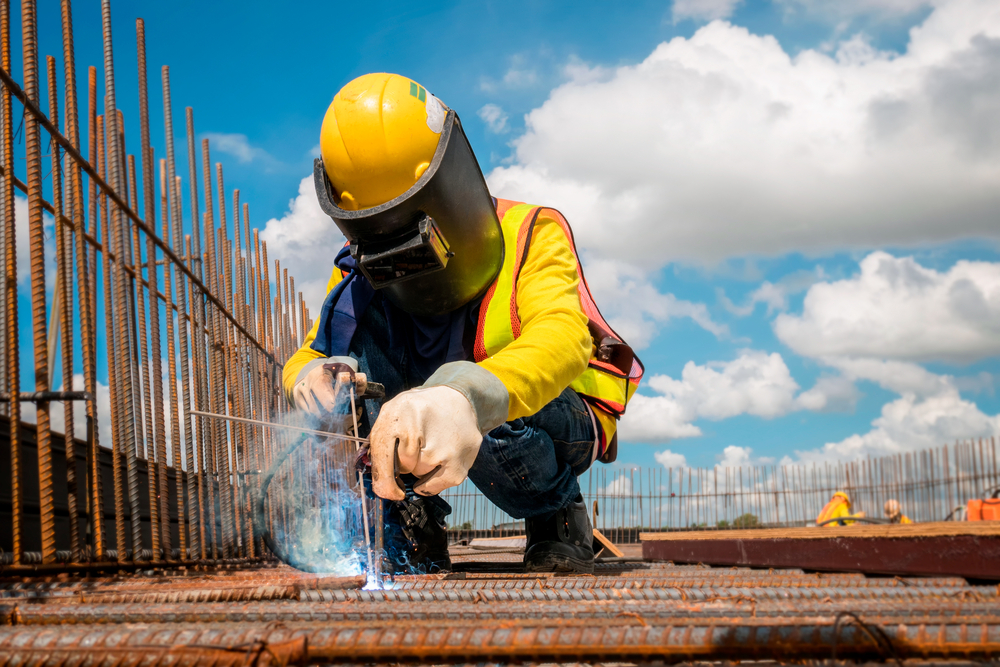Common Welding Repair Service Issues and Just How to Address Them Effectively
Welding repair services often encounter a series of issues that can jeopardize the stability of the last item. Typical problems include poor penetration, porosity, and imbalance, amongst others. Each issue offers special challenges that call for certain techniques for resolution. Comprehending these concerns is vital for welders aiming to boost their abilities and outcomes. This discussion will check out these common welding repair service issues and reliable approaches to resolve them.
Inadequate Infiltration
Poor infiltration happens when the weld steel stops working to totally fuse with the base material, causing weak joints and prospective architectural failings. This problem usually originates from insufficient heat input, inaccurate electrode angle, or improper welding speed. Welders may encounter inadequate infiltration as a result of a miscalculation of the required criteria for a certain product density or type. In addition, contamination on the base product's surface can prevent reliable bonding, worsening the trouble. To attend to insufficient penetration, welders need to guarantee suitable setups on their tools and preserve a clean work surface. Normal examination of welds is recommended to recognize any shortages early, allowing for timely corrections and the avoidance of jeopardized architectural integrity in welded assemblies.
Porosity
Porosity is a typical issue in welded joints that shows up as tiny gas bubbles trapped within the weld metal. This problem can jeopardize the stability of the weld, leading to minimized stamina and possible failing under stress and anxiety. Welding. Porosity usually develops from contamination, wetness, or inappropriate welding strategies, which allow gases to run away right into the liquified weld swimming pool. To resolve porosity, welders ought to assure correct surface preparation, preserve a clean workplace, and use suitable welding specifications. Furthermore, choosing the ideal filler material and securing gas can reduce gas entrapment. Normal inspection and screening of welds can help identify porosity early, assuring prompt restorative activities are taken, consequently protecting the quality and dependability of the bonded structure
Imbalance
Misalignment in welding can emerge from various elements, consisting of incorrect setup and thermal development. Recognizing the origin triggers is vital for effective resolution. A number of improvement strategies are readily available to realign components and ensure architectural stability.
Causes of Misalignment
Welding imbalance commonly comes from a selection of underlying problems that can compromise architectural honesty. One key reason is improper fit-up of components before welding, which can cause gaps and unequal surface areas. Variants in thermal development during the welding process can additionally result in distortion, particularly if the materials being signed up with have different coefficients of growth. Furthermore, poor clamping and fixturing might stop working to hold components firmly in position, bring about movement throughout welding. Improperly maintained tools, consisting of welding equipments and devices, may present inconsistencies in the weld bead, further adding to misalignment. Driver mistake, stemming from inadequate training or experience, can likewise play a significant role in producing misaligned welds.

Modification Methods Offered
Resolving misalignment effectively needs a mix of restorative strategies customized to the specific concerns available. One usual technique is the usage of jigs or fixtures to hold parts in the appropriate placement throughout welding, making certain consistent positioning. Furthermore, pre-heating the products can help in reducing distortion and improve fit-up. For considerable misalignment, mechanical realignment techniques, such as making use of hydraulic jacks or clamps, can be utilized to correct the position before welding. Post-weld heat therapy might likewise be required to eliminate anxieties triggered by misalignment. Careful inspection and adjustment throughout the arrangement stage can avoid misalignment issues from becoming considerable troubles, promoting a smoother welding procedure and improving general structural integrity.
Distortion
Distortion is an usual difficulty in welding that can emerge from different variables, including irregular cooling and heating. Understanding the reasons for distortion is important for carrying out effective prevention methods. Addressing this problem not just boosts architectural stability yet likewise improves the overall quality of the weld.
Reasons for Distortion
When subjected to the extreme heat of welding, products often undergo changes that can lead to distortion. This sensation mostly emerges from thermal development and contraction throughout the welding procedure. As the weld area heats up, the material expands; upon air conditioning, it acquires, which can develop interior anxieties. Additionally, uneven home heating across a workpiece can exacerbate these anxieties, resulting in bending or bending. The kind of product also plays a substantial role; steels with varying thermal conductivity and coefficients of growth may respond differently, causing unpredictable distortions. Inadequate joint style and poor fixturing can add to misalignment during welding, boosting the chance of distortion. Understanding these causes is crucial for efficient welding fixing and avoidance approaches.
Prevention Techniques
Effective avoidance strategies for distortion during welding focus on controlling warm input and ensuring correct joint style. Preserving a constant heat input assists to decrease thermal expansion and contraction, which can cause distortion. Using techniques such as pre-heating the workpiece can additionally decrease the temperature level slope, advertising consistent home heating. Additionally, choosing suitable joint designs, such Get More Information as T-joints or lap joints, can enhance security and lower stress focus. Applying appropriate fixturing to safeguard the work surfaces in area further help in preserving placement throughout the welding procedure. Staggered welding sequences can disperse heat much more evenly, protecting against local distortion. By using these techniques, welders can substantially lower the likelihood of distortion and improve the general high quality of their welds.
Breaking
Fracturing is an my link usual concern experienced in welding repair work, commonly resulting from various variables such as incorrect air conditioning rates, product selection, or poor joint preparation. The event of cracks can considerably compromise the integrity of the weld, resulting in prospective failings throughout procedure. To address this issue, welders need to initially examine the source, guaranteeing that products work and properly picked for the particular application. In addition, controlling the air conditioning rate throughout the welding process is essential; rapid cooling can generate tension and lead to cracking. Correct joint layout and preparation likewise add to decreasing the danger. Executing these strategies can boost weld quality and resilience, eventually minimizing the possibility of fracturing in finished weldments.

Incomplete Combination
A significant issue in welding repair services is incomplete fusion, which occurs when the weld steel does not appropriately bond with the base material or previous weld passes - Belgrade. This problem can result in weak points in the joint, potentially compromising the integrity of the bonded structure. Aspects adding to insufficient combination include inadequate warm input, improper welding technique, and contamination of the surfaces being signed up with. To address this issue successfully, welders should guarantee proper pre-weld cleansing and surface area prep work, in addition to adjust their welding specifications to accomplish appropriate infiltration and fusion. Routine inspection throughout the welding process can likewise help identify incomplete combination early, enabling prompt rehabilitative procedures to improve the total quality of the weld
Overheating
While welding repair services can boost architectural integrity, overheating presents a image source considerable difficulty that can lead to material deterioration. Excessive heat throughout welding can change the mechanical homes of metals, resulting in reduced strength, increased brittleness, and bending. This phenomenon is specifically important in high-stress applications where structural reliability is extremely important. Determining getting too hot can involve visual assessments for staining or distortion, along with keeping an eye on temperature level during the welding process. To alleviate the risks connected with getting too hot, welders need to use suitable methods, such as regulating heat input, adjusting traveling rate, and using ideal filler products. In addition, applying pre- and post-weld heat therapies can aid bring back material residential properties and enhance the general quality of the repair service, ensuring long-lasting efficiency and safety and security.
Frequently Asked Inquiries
What Are the Usual Indicators of a Welding Defect?

Exactly How Can I Check My Welds for Quality?
To check welds for high quality, one can use aesthetic evaluations, ultrasonic screening, and radiographic methods. Each technique assures architectural stability, identifies issues, and verifies adherence to defined requirements, eventually boosting the integrity of the welded joints.
What Security Precautions Should I Take While Welding?
When welding, one must prioritize security by using ideal personal protective tools, guaranteeing correct ventilation, securing flammable products away, maintaining a clean work space, and understanding surroundings to stop accidents and injuries.
Can I Repair a Weld Without Redesigning the Entire Joint?
Repairing a weld without redoing the entire joint is feasible, relying on the damages (Welding). Techniques such as grinding, adding filler material, or utilizing a welding process can successfully address particular defects while maintaining the bordering framework
What Devices Are Important for Effective Welding Repairs?
Crucial tools for efficient welding repair services include a welding equipment, cable brush, mill, safety gear, clamps, and filler products. Each tool plays a crucial duty in guaranteeing high quality and security during the repair procedure. Porosity generally develops from contamination, wetness, or improper welding methods, which enable gases to escape into the liquified weld swimming pool. Improperly conserved tools, including welding equipments and tools, might introduce incongruities in the weld grain, more adding to misalignment. When subjected to the intense warmth of welding, materials often undertake changes that can lead to distortion. Breaking is a typical concern come across in welding fixings, frequently resulting from different elements such as improper cooling rates, product option, or insufficient joint preparation. A considerable problem in welding repair services is insufficient blend, which takes place when the weld metal does not adequately bond with the base product or previous weld passes.